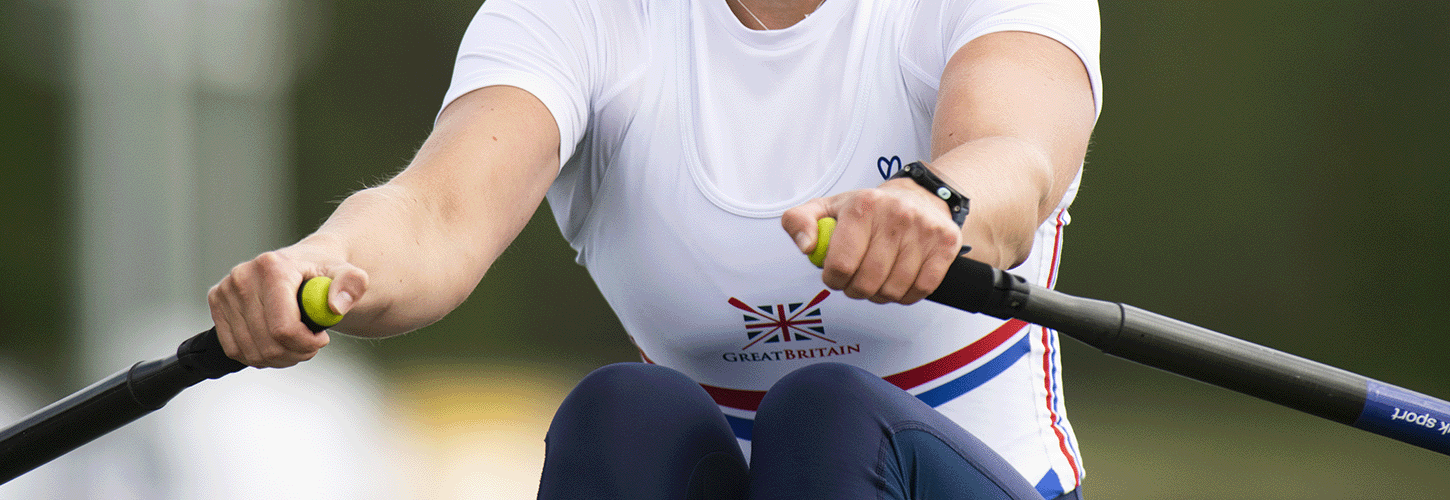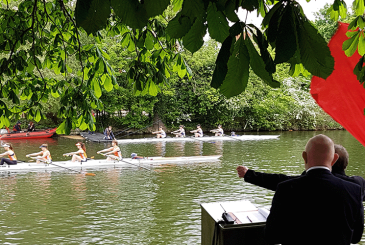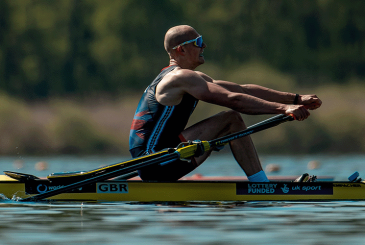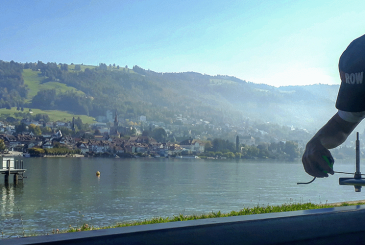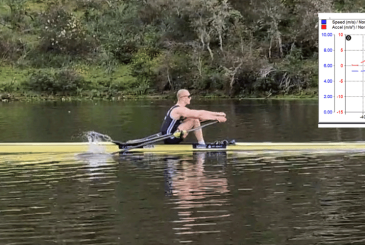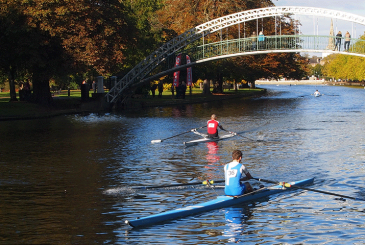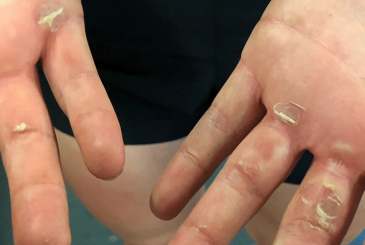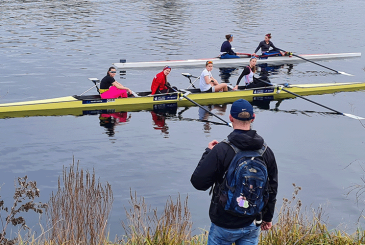Double Olympic medallist Debbie Flood explains why she believes good handle control is essential for success
I came into rowing at the age of 17 from an elite sports background of power and strength-endurance. I knew that I wanted to succeed and I knew that I wanted to go to the Olympics. But I was swapping to a sport with a very high skill requirement and could not just rely on my strength. The two basic things that I needed to succeed as a junior were identified quickly. I already had the first requirement – body awareness and strength. So the second thing, which I still needed to learn, was the technique, particularly the hand skills at both ends of the stroke. So this became my primary focus and the key to taking me from a junior novice at the November trials to a winner at final trials the following summer.
Basics 1 – Holding the blade
Fluid, powerful and accurate strokes are the combination of many factors, but it all starts with how you hold the blade.
It is generally accepted that there are three main points of contact in rowing – the feet, seat and handle.
In most sports that involve handle contact, such as golf or tennis, participants are taught how to hold the handle first. And so too it is with rowing – but ask yourself: is this something that we talk about quickly then move on from and don’t worry about too much?
If you hold a golf club badly your power is not effective – hold a tennis racket badly and you will get inconsistency. Perhaps we need to think about the correct grip more in rowing. Holding the handle correctly will not only give you a strong connection, through which you can produce a powerful stroke, but it will also enable you to control your blades skillfully and become more efficient.
Good handle control is the dominant factor for success with balance and blade-work technique. Don’t be afraid to spend the time doing hand/balance skills.
Holding the handle in sculling
Here is how your hand should hold the handle when sculling. The hand should always stay fairly relaxed with the wrists as flat and straight as possible. The thumb should always maintain connection to the end of the handle. This will keep a slight pressure pushed into the gate and prevent the button from being pulled away from it. The handle should rest on the base of the fingers or the underside of the knuckles – not in the palm of the hand as this will cause over-gripping and tightness in the forearms. Holding the sculls too close to the end of the fingers will result in a poor level of control.
At the finish of the stroke, extract the blade with downward pressure through the base of the fingers as the thumb turns and the handle is rolled down away slightly towards the fingertips. This hand position and pressure is maintained until you square up for the catch, usually around three quarters slide. At this point the thumb turns the handle back and the blade returns to its original position between the base of the fingers and the underside of the knuckles. So the blade is controlled by the thumbs and the base of the fingers, not the wrists.
Sculling grip video with Wade Hall-Craggs
What you feel in your hands will give you immediate feedback and can tell you a lot about what is going on with the boat. By holding the blades in the correct way you will find it easier to relax the arms and shoulders and fully stretch the legs and back. This brings me to my next point…
Basics 2 – Strengthen your body to hold good form
The posture and stability of your body is extremely important – you do not want to be tense or rigid like a robot because this will block your power. Neither do you want to be floppy and slack, because this absorbs all the power. The aim is to be in the middle: relaxed and loose yet with set purposeful movements.
In order to set a solid foundation from which to build speed, juniors in particular need to build up robustness through body awareness, core strength and muscle strength. This will help your understanding of the correct and strong positions to row effectively.
It is so important to build this up gradually and in the correct proportions. If you only build muscle in your main muscle groups then your frame will not be able to support your power, leaving you vulnerable to injury.
Body awareness and core strength are the foundations on which to then build muscular strength. This strength is only useful if you can support your power with a stable body.
The good news is that once you are holding the handle correctly, have good hand skills and have a stable body with great body awareness, you have the basic tools to feel the boat and move it effectively. Just remember that great technique is built from good foundations.
The text in this article was first published in Rowing & Regatta magazine.
The image at the top of the page is of GB single sculler Hannah Scott, racing in the single sculls at the 2022 World Rowing Championships.
Photo: Merijn Soeters.


